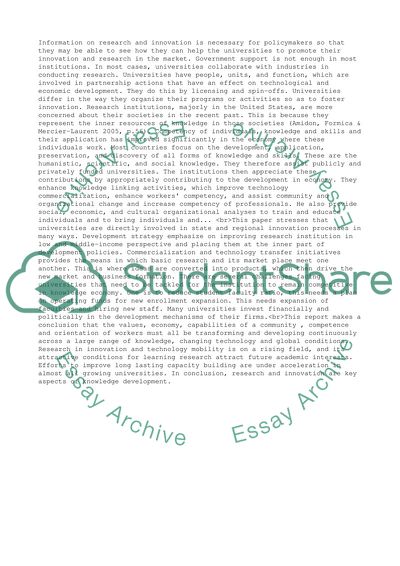Cite this document
(“Role of Universities in Research and Innovation Essay”, n.d.)
Role of Universities in Research and Innovation Essay. Retrieved from https://studentshare.org/business/1497581-role-of-universities-in-research-and-innovation
Role of Universities in Research and Innovation Essay. Retrieved from https://studentshare.org/business/1497581-role-of-universities-in-research-and-innovation
(Role of Universities in Research and Innovation Essay)
Role of Universities in Research and Innovation Essay. https://studentshare.org/business/1497581-role-of-universities-in-research-and-innovation.
Role of Universities in Research and Innovation Essay. https://studentshare.org/business/1497581-role-of-universities-in-research-and-innovation.
“Role of Universities in Research and Innovation Essay”, n.d. https://studentshare.org/business/1497581-role-of-universities-in-research-and-innovation.


